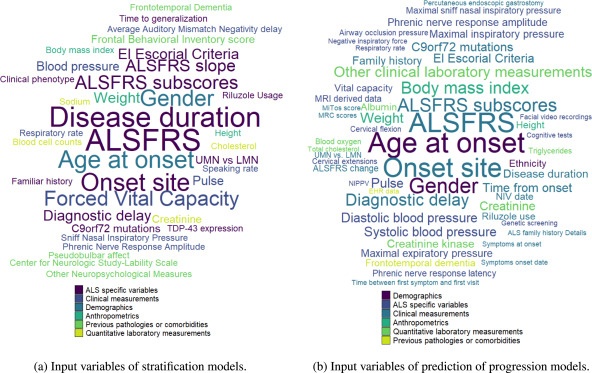LASIGE’s integrated members Helena Aidos and Sara C. Madeira, collaborator Andreia S. Martins, and PhD students Eduardo N. Castanho, Ruben Branco, and Diogo F. Soares are co-authors of a study published in the top-ranked journal Artificial Intelligence in Medicine (SCIMAGO Q1, h-5 index=70). The paper is titled “Artificial intelligence and statistical methods for stratification and prediction of progression in amyotrophic lateral sclerosis: A systematic review” and results from a collaboration with the University of Padova, the University of Turin, LASIGE and Instituto de Medicina Molecular João Lobo Antunes.
The paper presents a systematic review of the methodological state of the art of artificial intelligence (AI) in Amyotrophic Lateral Sclerosis (ALS), a fatal neurodegenerative disorder. ALS has a relatively low prevalence and the disease course is highly heterogeneous, with its determinants not fully known, rendering the successful application of AI techniques particularly arduous. This systematic review aimed to identify areas of agreement and unanswered questions regarding two notable applications of AI in ALS: the automatic, data-driven stratification of patients according to their phenotype and the prediction of ALS progression. It differs from previous works because of its focus on the methodological landscape of AI in ALS.
The study revealed a general agreement in terms of input variable selection for both stratification and prediction of ALS progression, and in terms of prediction targets. A striking lack of validated models emerged, as well as a general difficulty in reproducing many published studies, mainly due to the absence of the corresponding parameter lists. While deep learning seems promising for prediction applications, its superiority with respect to traditional methods has not been established; there is, instead, ample room for its application in the subfield of patient stratification.
The paper is available here.
